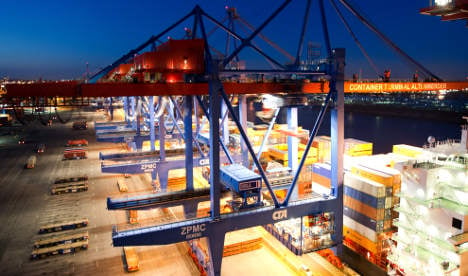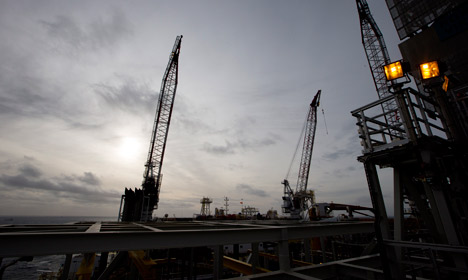The Ifo economic institute’s closely watched business climate index edged fractionally higher to 109.9 points in April from 109.8 points in March, defying analysts’ expectations for a slight decline.
It is in fact the sixth month in a row that the barometer has risen and it now stands at its highest level since July 2011.
“The German economy is proving resilient,” said Ifo president Hans-Werner Sinn.
“The Ifo business climate index rose once more in April. Companies’ assessment of their current business situation improved somewhat on a high level, while their six-month business outlook remained unchanged from last month.”
Ifo calculates its headline index on the basis of companies’ assessments of their current business and the outlook for the next six months.
And while the outlook sub-index was unchanged at 102.7 points in April from March, the sub-index measuring current business inched higher to 117.5 points from 117.4 points.
Newedge Strategy analyst Annalisa Piazza said that while “uncertainties about future developments in some of the German main trading partners seem to have stopped the improvement in the expectations components, German companies remain confident that the economy is gradually recovering.”
All in all, the Ifo data were “relatively encouraging,” she said.
“The global slowdown is certainly affecting the German economy. However, the overall index signals further modest improvement in activity in the second quarter of this year. We still expect the German economy to run at around 1.0-1.5 percent in 2012.”
By contrast, ING Belgium economist Carsten Brzeski felt the Ifo data painted “too positive a picture of the growth prospects for the German economy.”
Since the beginning of the year, “the discrepancy between soft and hard data has increased significantly,” he said.
While confidence indicators continued to increase, pointing to a very optimistic picture of the economy, “the real economy has troubles picking up pace again,” the analyst said.
With austerity programmes set to put the brakes on growth in most other core eurozone economies and the US economy still anything but dynamic, “export growth should clearly come down,” Brzeski said.
Furthermore, hopes for more domestic consumption on the back of higher wage could easily be disappointed, he cautioned.
“Of course, with a lack of domestic imbalances and no pressing cleanup efforts, the German economy remains the six-cylinder growth engine of the eurozone. However, it is not running at full throttle anymore,” Brzeski said.
Capital Economics economist Mark Miller agreed. “Predictions that the German economy will be strong enough to pull the wider eurozone out of its current problems could well prove wide of the mark,” he said.
AFP/hc



 Please whitelist us to continue reading.
Please whitelist us to continue reading.
Member comments